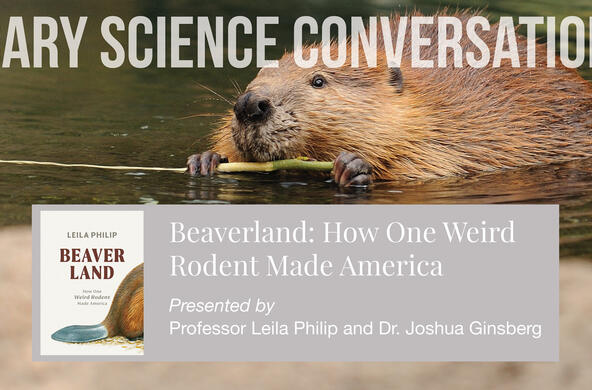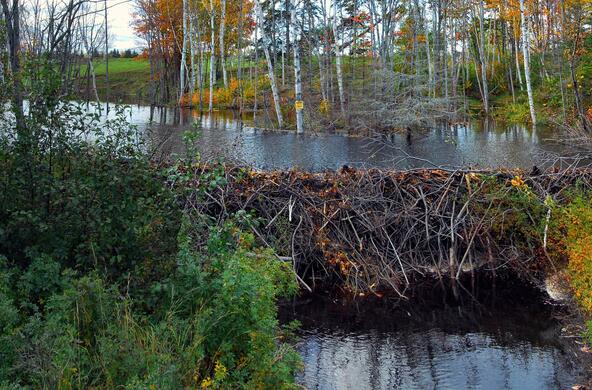I shudder when I hear a proposal for a new road. I know what follows. First, someone will pick an intersection to build a gas station. Then, commuters will realize that they can live in a pastoral setting, if they buy land and build near that intersection. Housing developments sprout. Then, a host of convenience stores, restaurants, dry cleaners, and grocery stores will arrive to service the new landowners. Another rural landscape has been suburbanized, to the detriment of nature.
Of course, as a birdwatcher, I use roads to get to places that I would not otherwise visit. And roads carry the UPS and Fedex trucks that bring us the stuff we order online. Roads and railroads were essential to the opening of the American West. When we hear of the construction of new roads in the Brazilian Amazon, we know increased regional deforestation will surround them. This may be the Brazilian’s time to exploit their landscape, but I shed a tear for wildlife.
Roads bring habitat fragmentation, drainage-diversion, wildlife barriers, and noise and air pollution. Roads are the source of road-salt pollution that now widely affects streams and lakes in colder climates. But the most insidious impact of road construction is the conversion of habitat that follows human entrance into natural areas. Some 25 million kilometers of new roads are anticipated by 2050—enough to encircle planet Earth 600 times. These join 100 million kilometers of roads that were in place in 2013. Within the conterminous United States, 83% of the landscape is within 1 km of the nearest road. It would seem that should be enough.
Each road creates new “edge” habitat in nature, and fragments the landscape into small units that are often less conducive to the persistence of wildlife. Roads become barriers to wildlife movement among patches, while at the same time serving as corridors for the dispersal of invading, often weedy, species from other habitats. Drainage-diversion creates a “halo” of diminished biological activity downslope of road construction, seen most clearly in desert ecosystems. Roads impact a much larger area than the area of a road itself.
People need somewhere to live, so it is not surprising that rising human population takes its toll on the land. When we realize the value of nature, we will put our efforts to reducing human population growth and the need for more roads that will increasingly carry us to nowhere.
References
Alamgir, M. and 6 others. 2017. Economic, socio-political and environmental risks of road development in the tropics. Current Biology doi: 10.1016/j.cub.2017.08.067
Laurence, W. F. and 4 others. 2017. Road expansion and the fate of Africa’s tropical forests. Frontiers in Ecology and Evolution doi: 10.3389/fevo.2017.00075
Leonard, R.J. and D.F. Hochuli. 2017. Exhausting all avenues: why impacts of air pollution should be part of road ecology. Frontiers of Ecology and Environment 15: 443-449.
Pfeifer, M and 31 others. 2017. Creation of forest edges has a global impact on forest vertebrates. Nature 551: 187-191.
Ritters, K.H. and J.D. Wickham. 2003. How far to the nearest road? Frontiers in Ecology and Environment 1: 125-129.
Schlesinger, W.H. and C.S. Jones. 1984. The comparative importance of overland runoff and mean annual rainfall to shrub communities of the Mojave Desert. Botanical Gazette 145: 116-124.







